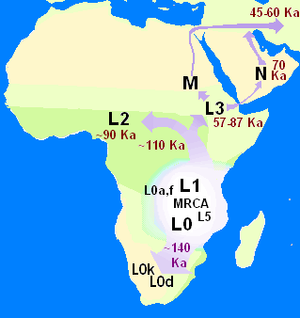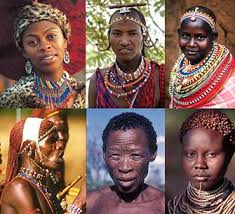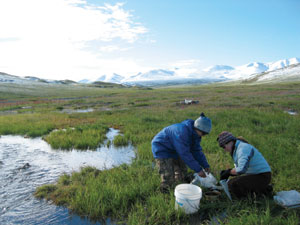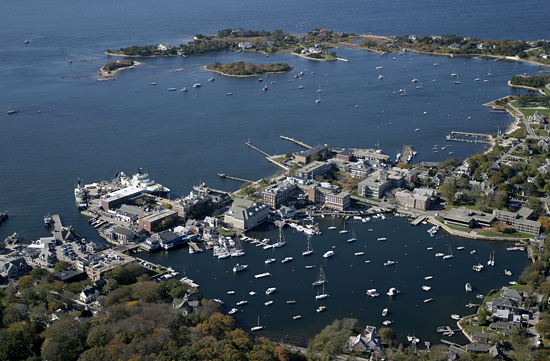
Deciduous Forest
Deciduous forests can be found in the eastern half of North America, and the middle of Europe. There are many deciduous forests in Asia. Some of the major areas that they are in are southwest Russia, Japan, and eastern China. South America has two big areas of deciduous forests in southern Chile and Middle East coast of Paraguay. There are deciduous forests located in New Zealand, and southeastern Australia also.
The average annual temperature in a deciduous forest is 50° F. The average rainfall is 30 to 60 inches a year.
In deciduous forests there are five different zones. The first zone is the Tree Stratum zone. The Tree Stratum zone contains such trees as oak, beech, maple, chestnut hickory, elm, basswood, linden, walnut, and sweet gum trees. This zone has height ranges between 60 feet and 100 feet.
The small tree and sapling zone is the second zone. This zone has young, and short trees. The third zone is called the shrub zone. Some of the shrubs in this zone are rhododendrons, azaleas, mountain laurel, and huckleberries. The Herb zone is the fourth zone. It contains short plants such as herbal plants. The final zone is the Ground zone. It contains lichen, club mosses, and true mosses.
The deciduous forest has four distinct seasons, spring, summer, autumn, and winter. In the autumn the leaves change color. During the winter months the trees lose their leaves.
The animals adapt to the climate by hibernating in the winter and living off the land in the other three seasons. The animals have adapted to the land by trying the plants in the forest to see if they are good to eat for a good supply of food. Also the trees provide shelter for them. Animal use the trees for food and a water sources. Most of the animals are camouflaged to look like the ground.
The plants have adapted to the forests by leaning toward the sun. Soaking up the nutrients in the ground is also a way of adaptation.
A lot of deciduous forests have lost land to farms and towns. Although people are trying to protect the forests some poachers are trying to kill the animals in the forests. The animals are losing their homes because of people building their homes.
http://www.blueplanetbiomes.org/deciduous_forest.htm









